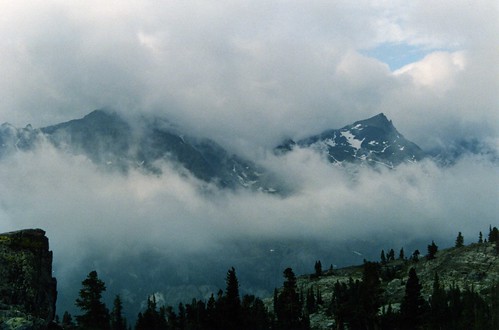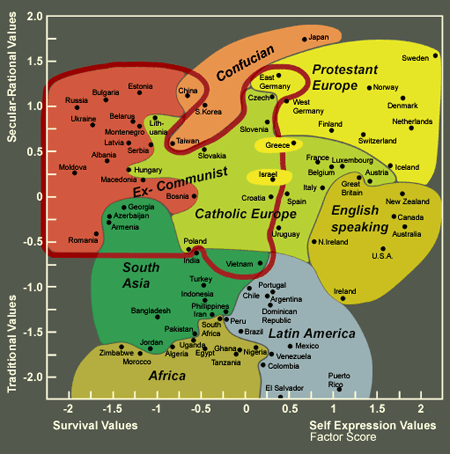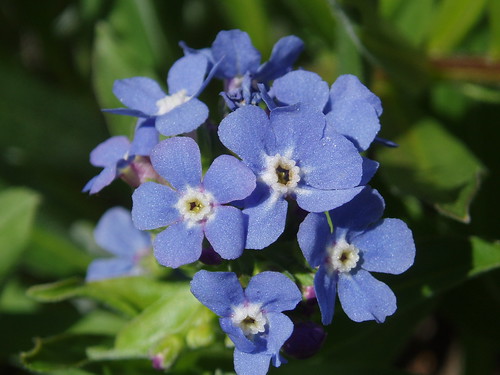I’ve been learning new ways of doing my hair, and it’s brought up all sorts of stuff. Stuff about ethnicity and whiteness and childhood. This isn’t the first time I’ve found politics in the small things of daily life and it probably won’t be the last. At least this time, we’re not showering.
I hit upon this hairdresser who gave me different advise than I normally get, and so I tried new things, and that opened the door to try more new things, and in short order I developed expertise in styling my very curly hair. I made the frizz go away. I made the handfuls of hair stop falling out daily. And I started changing my look.
I did big bouncy Shirley Temple curls. Small flirty Betty Boop curls. Center part with curls framing my face. Side part with wisps of curls over one eye. Combed straight back with a cascade of curls down my shoulders.
My Curly Girl sisters noticed and complimented me, which encouraged me to do more. And sometimes I’d get a compliment from a co-worker or a friend. But mostly, this was fun I was having with my mirror.
Until I tried blowing it straight.
I didn’t like what blowing it straight looked like. I never use a blow dryer, and letting hair dry naturally lends it a lot more shine and softness with no extra effort. So my hair looked straight, but also a little dry, a little hard.
But everyone flipped out. I mean flipped. “You look glamourous.” “You look like a movie star.” “It’s so 1940s.” And lots and lots, not just of compliments, but of noticing; “What did you do with your hair?” all day long. Which had never happened before.
Now Roberta, who is the one who taught me how to straighten it, told me people would respond to it. “When you have curly hair, they think you have great hair. When you have straight hair, they think you’re pretty.” Which totally I believed, but I was genuinely unprepared for the wave of accolades that accompanied a little blow-drying. Roberta said one more thing; “It’s an ethnic thing.”
She was right. The accolades I got; what I felt, was that I looked…white.
I am white. Grew up in white neighborhoods. Stared at the one table of black kids in the lunch room. But I also grew up very conscious of the difference between white white people and ethnic white people. Not just because of anti-Semitism. Not just because there was only one other Jewish kid in my grade. But because I wasn’t one of Them.
And I don’t actually know how to describe it without talking about hair. I don’t go through what black women go through, the burning and torture. Yet I know the mockery, and I know what it’s like to never see anyone like me in a magazine or shampoo commercial or TV show (except for comic relief).
I remember the women from the comics I read as a kid: Jean Grey, Sue Storm, Karen Page, Gwen Stacy, Mary Jane Watson: All blondes or redheads, all with straight or slightly wavy hair. I latched onto Wanda Maximoff with a passion; the ethnic background and the hair. She was the only one, and I loved her (and a witch too!).
Movies would have it be a class thing. Like Mystic Pizza, with working class, ethnic, curly-haired Julia Roberts and Lili Taylor, gazing towards the whiter, richer, more straightened other side of the tracks. But I grew up in about the mid-range economically and socially of the towns where I lived, and went to school with kids whose parents had about the same amount of money, and wore the same color collars, as my parents. But the curly-haired divide still existed.
You can walk through life, being as white as me, and never notice that you’re not white enough. Until one day, thanks to a blow dryer and waking up extra early, it comes to your attention.



